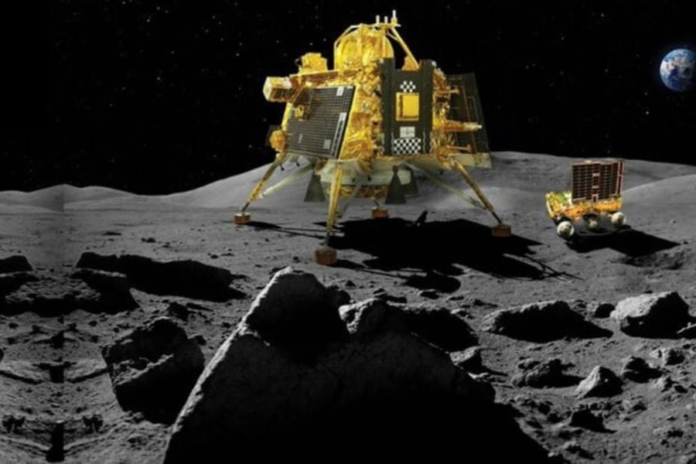After a failed attempt at landing on the lunar south pole four years prior, Indian space agency scientists realised they had one more shot to make history as they set out to develop the Chandrayaan-3 moon mission.
They had to operate on a tight budget as well, and the mission only cost 6.15 billion rupees, or around $75 million.
The Indian Space Research Organisation’s (ISRO) achievement with the Chandrayaan-3 moon landing demonstrates how it has developed a system of achieving more with less, according to officials, vendors, and experts, from reducing costs on rockets to building a built-in-India supply base.
Upcoming missions, such as a project to study the sun due to launch next month and a plan to send astronauts into space, will test ISRO’s reputation for frugal innovation.
Despite having a budget of $1.66 billion for the department of space for the fiscal year that ended in March, India’s government actually spent about 25% less than that amount. There is a $1.52 billion budget for the current fiscal year.
In contrast, NASA’s budget is $25 billion for the current fiscal year. In other words, the $1.3 billion annual increase in NASA’s budget was greater than the entire amount spent by ISRO.
“No one in the world can do it like we do,” said S. Somanath, ISRO chairman and a veteran aerospace engineer, who was celebrating Chandrayaan’s successful touchdown on Wednesday.
“I won’t disclose all secrets, otherwise everyone else (can) become cost-effective,” he told the media.
Chandrayaan-3’s decision to take a longer route to the moon allowed it to deploy less potent – and less expensive – propulsion systems, which is one illustration of how ISRO kept costs under control. Chandrayaan-3 looped through progressively wider orbits in order to use the Earth’s gravitational pull as a slingshot, taking more than 40 days to arrive at the moon.
On the other hand, Russia’s Luna-25 mission took a more direct route to the moon and crashed before making its own attempt to land on the south pole of the moon. Russia has not revealed how much it spent on the unsuccessful mission.
A few of the lander’s components, such as the cameras, altimeter, and danger avoidance sensors, were also created by ISRO. To keep prices down, it used Indian vendors for electronics, transportation, and vehicle assembly. In order to save time and money, it also restricted the number of design prototypes.
Many of the ISRO scientists who participated in the 2019 Chandrayaan-2 mission’s unsuccessful attempt to land on the lunar south pole remained for the Chandrayaan-3 mission.
In September, ISRO plans to launch the Aditya-L1 spacecraft, which will house a solar observatory in orbit. It intends to launch astronauts on a trip that, according to ISRO’s Somanath, might happen by 2025.
As Prime Minister Narendra Modi’s administration works to open the industry to international investment, vendors predict that ISRO’s success would also help the nation’s start-ups in the private space sector.



